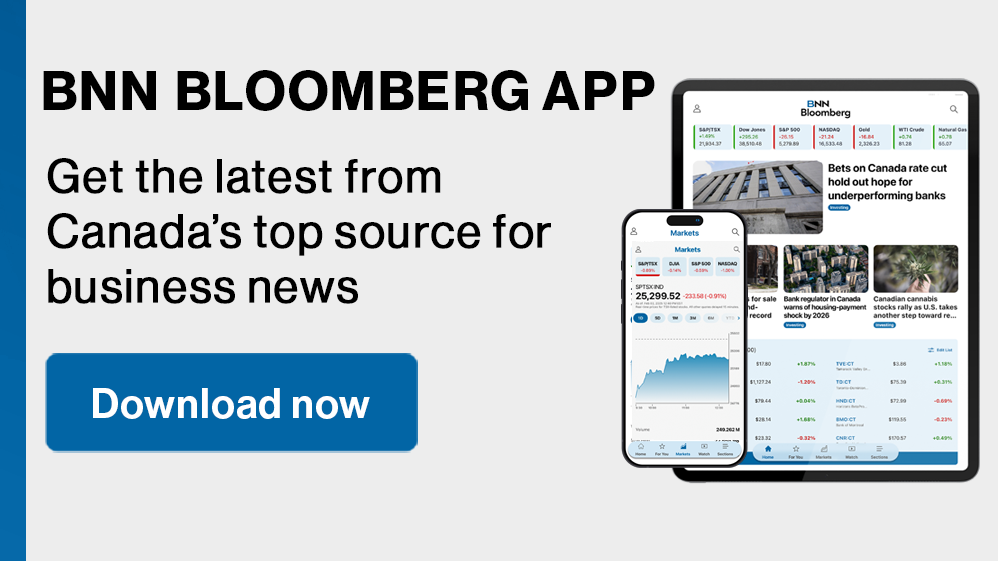A new, high-speed rail network between Toronto and Quebec City will be a “game changer” for Canadian commuters, cutting travel times from Ontario’s largest city to Montreal to three hours, the prime minister says.
Prime Minister Justin Trudeau announced the project in Montreal this morning, saying it will span approximately 1,000 kilometres.
The trains – which will be fully electric and travel over 300 km/h – will stop in Toronto, Peterborough, Ottawa, Montréal, Laval, Trois-Rivières and Quebec City.
“Nearly half of our nation’s population lives here,” Transport Minister Anita Anand said, referring to the area surrounding the corridor. “The existing transportation system has not kept pace.”
“High-speed rail will be the largest infrastructure project in Canadian history,” she added.
Cadence, a consortium of transportation companies, will co-design, finance, operate and maintain the project. The consortium includes Air Canada and CDPQ Infra, the company behind the construction of Montreal’s new automated commuter rail system.
Today’s announcement marks the end of phase one, Anand explained. It also marks the start of phase two, or the “co-development phase,” where a Crown corporation and the Cadence consortium will hammer out track design, station placement, regulatory work, consultations with Indigenous groups, and studies.
The Prime Minister’s Office estimated Canada will provide $3.9 billion over six years to finance co-development. That’s on top of the $371.8 million that was allocated in the government’s 2024 budget.
Once that’s completed, the parties can move on to construction.
The official name of the project is “Alto,” which is also the title of the Crown corporation tasked with project oversight. The government created Alto back in 2022, though under a different name: VIA HFR.
Does this sound familiar?
In 2021, Trudeau’s government unveiled early plans for the rail corridor at an estimated cost between $6 billion and $12 billion.
Trains on that line would give priority to commuters, unlike the existing Via Rail trains that operate largely on Canadian National Railway Co. railways and yield to freighters.
Late last year, the government requested an extension on partnership bids, which had originally been pegged near the end of 2024.
The project has floated in and out of political conversation for years – and the future of transportation through the corridor was questioned further when Trudeau said he would step down.
It’s unclear whether the next prime minister — whomever that may be — will support the plan. If they do not, it would put in the balance work that Trudeau said has spanned the lion’s share of his tenure as prime minister.
While the idea of a high-speed rail corridor “has been talked about for decades now ... this is work that has never been done by any previous government,” he said, referring to the solicitation of bids and designation of funding.
However, the railway will take time to plan and build and likely span several governments at various levels, Trudeau added.
“Future governments will make their determinations about how they invest,” he said, though progress on this particular project will be “very difficult to turn back on.”
Contracts are expected to be signed with Cadence in the coming weeks. In a statement sent to media, the NDP said the government should get a guarantee – in writing – that the network will be built with Canadian steel and aluminum.
“We want to see high-speed rail built publicly, for the public good,” wrote NDP Transport critic Taylor Bachrach, calling for a guardrail on the agreement between the Crown and the consortium.
“Privatizing passenger rail between Canada’s biggest cities puts the profits of the Liberals’ corporate friends ahead of affordable transportation for Canadians,” Bachrach wrote.
Conservative MP Philip Lawrence, the party’s transport critic, criticized the prime minister for making a large infrastructure announcement with just weeks left in his term. Trudeau said in January he intends to step down when the Liberal party chooses a new leader on March 9.
“The Prime Minister will be gone in two weeks. The Minister of Transport will not be seeking re-election. Today’s announcement is a lame duck statement from a lame duck government,” said Lawrence in a statement sent to CTV News.
“The Liberals had nine years to make progress on high-speed rail, and all they can point to is money spent on high-priced consultants,” he added.
How do Canadians feel about it?
Travellers at the Via Rail Central Station in Montreal welcomed the concept of hopping on board and reaching Toronto in three hours. That would be about half the time it would take to drive in light traffic.
“I do like the idea, and maybe it would encourage people to have their car at home if it is a high-speed train,” said Mary Porritt, who was about to board a train to Ottawa. But she also wondered if, and when, the electric trains might start rolling.
“It is hard to know because Mr. Trudeau is on his way out, and the incoming people might get rid of it,” she said. “It will take a long time to build, I don’t know if I will ever have a chance to use it.”
Some are put off by the price tag in the billions of dollars that could be wasted, said Lucy Pisko.
“I hope they pick the right people to do it, because if they do it could be worth it. But if it is like the REM, (Montreal’s light transit system) it could be a problem.”
The REM has been in operation since 2023 and has faced some breakdowns, forcing commuters to board buses instead.
But Canadian Josee Lassie who now lives in Germany has crisscrossed Europe on board high-speed trains. She says the Toronto-Quebec City project would change the way people think about travelling.
“It might seem like a lot of money for people in Canada,” she says. “But you have to think about the future, and we have to invest in that future.”
With files from The Canadian Press

